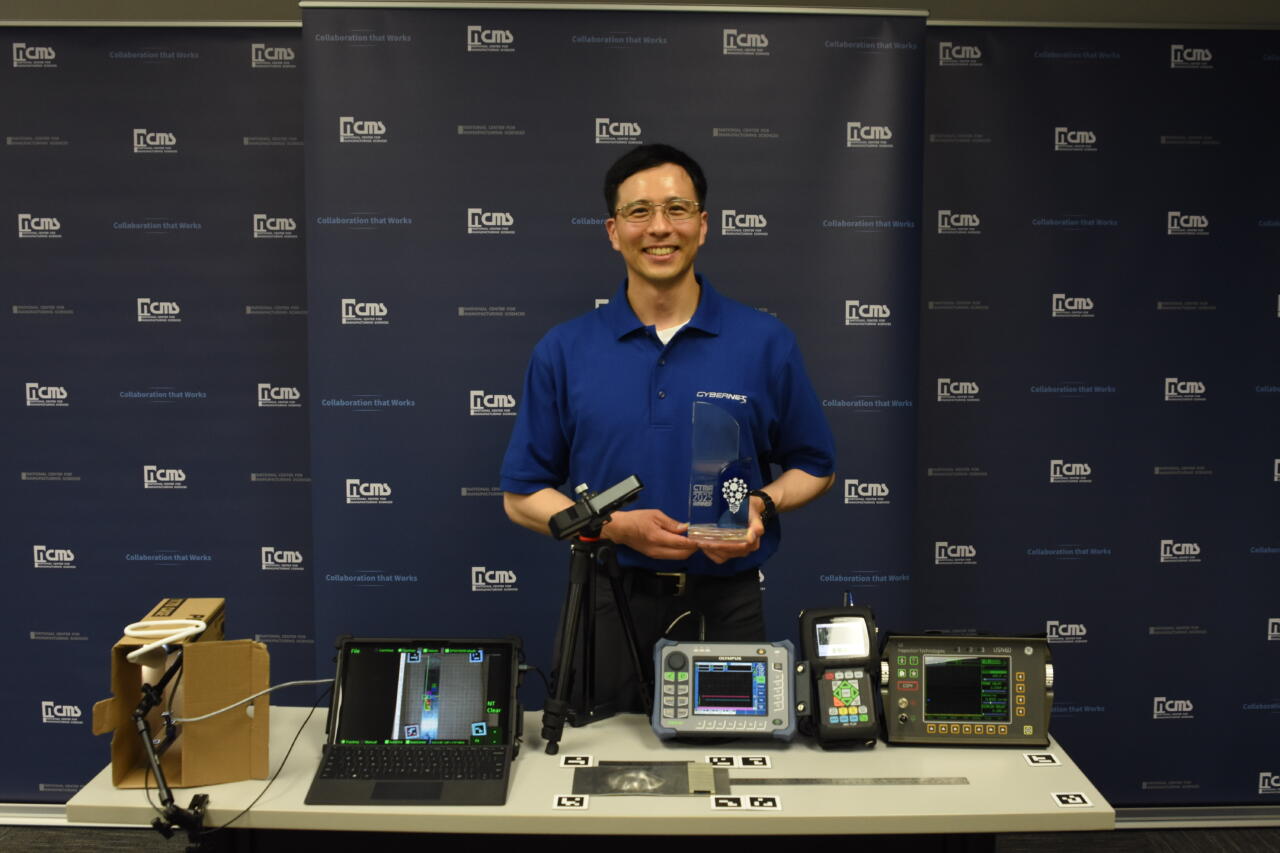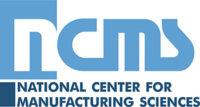About the Competition
Thank you to all those who participated in the 2025 CTMA Technology Competition. The competition has concluded.
The 2025 CTMA Technology Competition winner, selected for excellence in maintenance relevance or impact, originality and contribution to state-of-the-art solutions, technical maturity, cross-service applicability, and feasibility/practicality is:
- NDT Tracker for Mobile C-Scan Generation by Cybernet Systems Corporation
- (Competition Category: Expeditionary Repair of Aircraft Structural Components)





